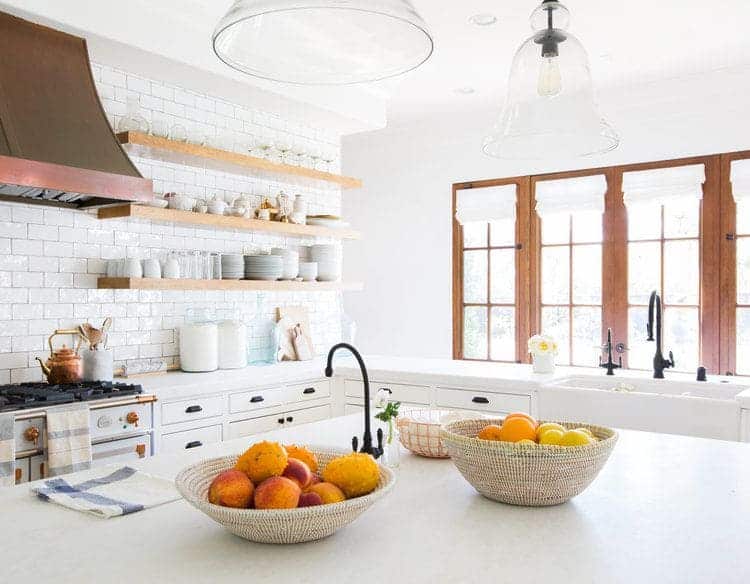Step 1: Assess Your Space
Before diving into organizing, take a good look at your kitchen cabinets. Empty them out and clean the interiors. Assess the available space and take note of the dimensions of your cabinets. This will help you decide what kind of storage solutions you might need and where to place different items.
Step 2: Categorize Your Items
Group your kitchen items into categories. Common categories include:
- Pots and Pans: Store these in a deep drawer or lower cabinet for easy access.
- Dishes and Glassware: Keep these in upper cabinets close to the dishwasher or sink.
- Food Storage: Use a separate cabinet or pantry for non-perishable foods.
- Spices and Condiments: A spice rack or a small shelf inside a cabinet door works well.
- Cooking Utensils: Place these near the stove for convenience.
Step 3: Use Cabinet Organizers
Invest in cabinet organizers to maximize space and keep items accessible. Some useful organizers include:
- Shelf Risers: Create more vertical space in cabinets by adding risers.
- Drawer Dividers: Keep utensils and small items organized with dividers.
- Lazy Susans: Ideal for corner cabinets, allowing easy access to items.
- Pull-out Shelves: These make it easier to reach items at the back of deep cabinets.
Step 4: Arrange Items Strategically
Place items in a way that reflects how often you use them:
- Everyday Items: Keep these at eye level or within easy reach.
- Occasional Items: Store these on higher or lower shelves.
- Heavy Items: Place heavier items like cast iron pans in lower cabinets to prevent accidents.
Step 5: Utilize Cabinet Doors
Make use of the inside of cabinet doors for additional storage:
- Hooks: Attach hooks to hang measuring spoons, oven mitts, or small tools.
- Magnetic Strips: Perfect for holding knives or metal utensils.
- Door Racks: Ideal for storing spices, lids, or cutting boards.
Step 6: Label Everything
Labeling shelves and bins can save time and keep your cabinets organized. Use clear labels for food storage containers, spice jars, and utensil drawers. This way, everyone in the household knows where things go, making it easier to maintain order.
Step 7: Regular Maintenance
Keep your cabinets organized by regularly decluttering and cleaning. Every few months, take a few minutes to go through your cabinets, discard expired items, and rearrange as needed. This will help you maintain a tidy and efficient kitchen space.
Bonus Tips
- Think Vertically: Use the full height of your cabinets by installing extra shelves or using stackable containers.
- Transparent Storage: Clear containers make it easy to see what’s inside, reducing the time spent searching for items.
- Uniform Containers: Using matching containers for food storage not only looks neat but also makes stacking and organizing easier.
By following these steps and incorporating these tips, you can organize your kitchen cabinets like a pro, making your kitchen more functional and enjoyable to use.


